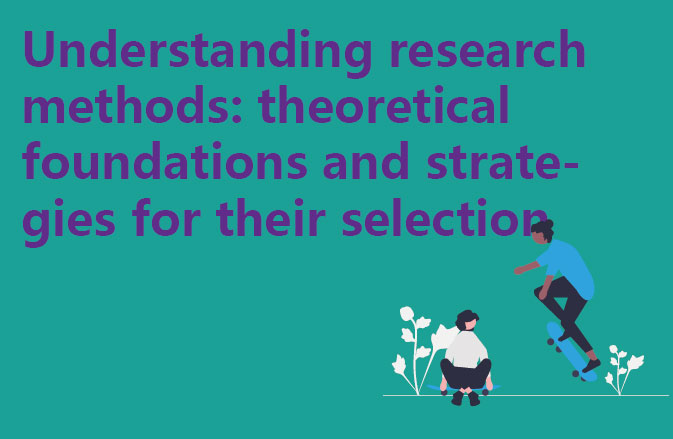I. What is scientific research methodology?
Scientific methodology, also known as “methodology”, refers to the theoretical framework established prior to conducting scientific research, which examines and evaluates the acquisition of data, the methods of analysis, and other important factors. Research methodology consists of four major steps: data collection, data acquisition, data sources, and data analysis.
Second, how to choose an appropriate research method
1. Determine the purpose of the research
Before you begin any research process, it is important to define the intended goals and questions of the research or project. This will help you to accurately understand the characteristics of various research methods and their effectiveness in solving a particular problem.
2. Consider the research design
The characteristics of the research design, such as empirical or theoretical, quantitative or qualitative, etc., strongly influence the type of research methodology that is appropriate to use.
3. Reference to previous research
Researching and drawing on previous researchers and practices in the relevant field can provide you with information about which research methods are often used in similar fields or projects. It will also allow you to evaluate the advantages and disadvantages of different methods more objectively.
Qualitative and quantitative methods
Qualitative methods are used to collect non-data-based information that can lead to a deeper understanding of individual perspectives, group behaviours and social phenomena. However, prior to collection, a number of factors need to be defined, such as the participants, the context of the study, and their roles in the collection process.
Quantitative methods use mathematical models to model complex problems. In order to ensure the validity and reliability of the results presented by the study, attention needs to be paid to sample selection, data collection equipment, and data processing procedures. Common research methods applicable to quantitative methods include questionnaires, experimental design, and secondary data analysis.
Fourth, quantitative methods table summary
1. survey – when, where and how to implement the survey.
2. Experiment – The tools, techniques, schedule, and other implementation details of the experiment.
3. secondary data – where the data came from and how it was screened (e.g. database search).
In conclusion, the selection of an appropriate research methodology is critical to the success of the study. Therefore, planning your research objectives carefully, thinking deeply about the design features, appreciating the experience of previous researchers, and understanding and mastering both qualitative and quantitative methods can make your research journey smoother.




